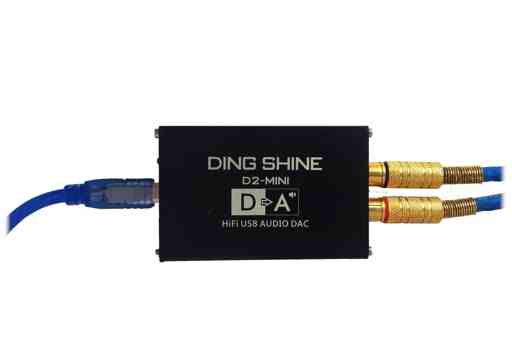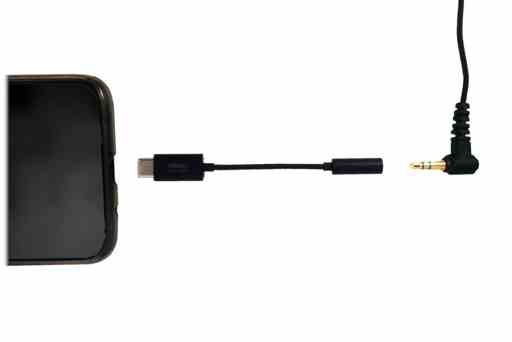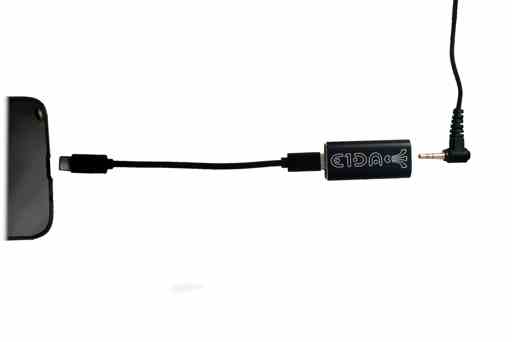Types of Amplifiers
I’ve never seen headphone amplifiers (DACs) classified like this, but have found the system useful,
DAC
A DAC only, no amplifier.

Yes, you can buy them. Yes, some versions accept USB input.
On the whole, cheap, sometimes for excellent quality
Input is usually the semi‐pro USB‐B, which is awkward
Needs a separate amplifier
Not portable—they set up as a chain of wires and boxes
An obscure piece of equipment. The main reason for using one is you happen to have a fabulous HiFi headphone amplifier at home, but it has no DAC, and you would like to plug in a mobile phone.
Amp
A (headphone) amplifier only, no DAC.

Available in many forms, from small portable items, to HiFi and studio items costing thousands of pounds.
No obvious phone or computer input such as USB‐C or Ligtening pots—will usually be RCA, XLR ports etc.
Needs a separate Digital Audio Converter
Headphone amplifiers amplify analogue signals from various sources by a way suitable for headphones. They are used in music studios, PA systems, theatres, high‐end HiFi… mixing desks across the world. For the purposes of this website, I want to highlight an issue: dedicated headphone amps contain no Digital Audio Converter (‘DAC’), so will use the converter inside the computer or phone. You can attach a headphone amplifier to a computer/phone, but you’ll be nissing out on how a modern integrated chip can improve the digital–analogue conversion.
The main reason for using a headphone amplifier with a computer/phone is because you wish to drive a heavy load, such as expensive headphones or a Public Address system.
Cable
A headphone amplifier built into a short cable.

Cables get power from the USB connection. To contain the electronics, there is usually an oversize plug at one end.
Exactly what a user wants—it looks like a cable
Not much room for electronics
Power is from the phone, so low, or drains the battery
Can be made very robust (compared to dongles)
Portable—no problem
A note on cables. The first cables were made mainly to play headphones on tablets and phones with no sockets. Since then, a few manufacturers have managed to squeeze some good electronics into cables. Given the convenience of cables, I expect more of these.
Dongle
A headphone amplifier built into a small box, powered from the USB connection.

Dongles usually look like a USB stick, but can also be plugged into a smartphone using an extra cable.
Cheap case for manufacturers
Larger size than a dedicated cable, fits in more quality electronics
Power is from the phone, so low, or drains batteries
Stiff in the wrong places
Very portable, to the point you could loose it
To judge by the choice available, these are popular with manufacturers, but maybe not with consumers. The solution for several MidFi products.
Battery
An amplifier powered by batteries. It’s usually a separate box with plugs. However, the box is often small enough to carry with a smartphone,
Larger size than dongles or cables, fit in more quality electronics
Enough space for a volume knob
Some boxes can clamp or clip to a smartphone (which may or may not be good)
Batteries are always a pain, but are more and good power
Not much worse than a dongle for usability
Portable in the sense you can carry it
There’s several sizes and design ideas in the market. Some are close to a fat dongle, some are more like cigarette boxes stuck to a smartphone.
Mains
An amplifier powered by mains power. It’s usually a box of electronics that sits on a desk.
Space for any electronics and power supply
Space for controls and multiple input/outputs
Means extra wires
Mains is strong power
Can only be used on a desk (though small ones can be used on a train, or in a hotel)
These are mostly a classic HiFi headphone amplifier with a USB input for a computer or smartphone.
